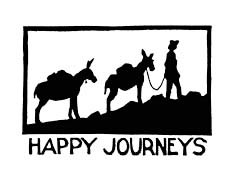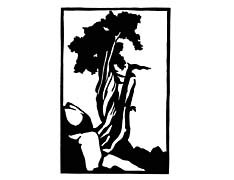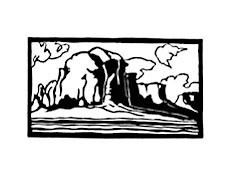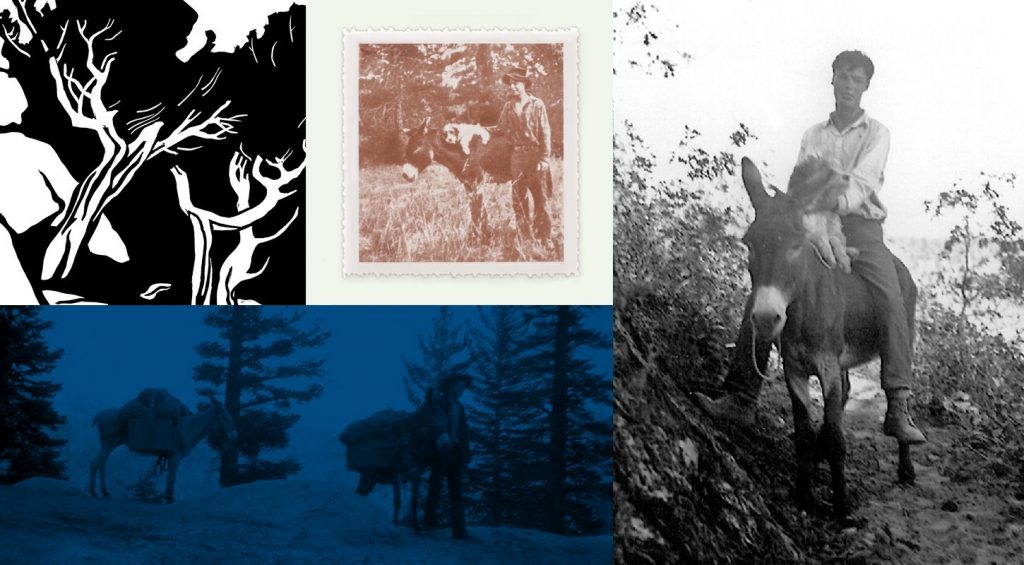They found Everett Ruess
Or maybe they didn’t?
The news hit me as if he died yesterday. As if I knew him well and now he was gone forever. And yet, I have never met this young artist and vagabond for natural beauty who mysteriously disappeared in the desert of southern Utah 75 years ago.

There were a few different theories as to what might have happened to Everett Ruess among which, in my opinion, one was the worst: for him to simply be at the wrong place at the wrong time and get murdered for no particular reason by some random Indian or cowboy…
Now, a skeleton recently discovered in the desert, a Navajo tale of murder, and a battery of genetic and forensic analyses provide some new shocking evidence which might reveal the truth after all. (A very detailed article was published in National Geographic Adventure, April/May 2009)

There have been many moments in my times of solitude when I felt Everett’s presence. Many times, when sitting alone in my camp built in between the canyon walls of vermilion rock, I pondered whether our souls had possibly intersected somewhere on their “wanderous” quests…
Many times I had to chuckle over the inner resemblance of us being two romantic idealists with intense passion for wilderness who long to escape from civilization only to get lost in the dust of Colorado Plateau.
Whether or not I actually believe the official story about who the murderer really was is not important here. The newly revealed shocking fact remains; Everett was brutally murdered for no particular reason. And that is very, very sad.

One thing will never change though. Everett’s spirit will always live and accompany not only me but many other idealists on our wanderings through out the Colorado Plateau as well as along our journey of life, and for that I am very grateful. There is much that is admirable and inspiring in Everett’s clean views and uncorrupted ideals.
“I will go on and on, until, sooner or later, I reach the end of the horizon!”
Everett Ruess
Edit: (According to Wikipedia updated in 2014)
The discovery of a grave site on Comb Ridge, near the town of Bluff, Utah, added to the mystery. An elderly Navajo claimed that Ruess was murdered by two Ute Native Americans who wanted his burros. Bones and teeth found in the grave allegedly matched Ruess’ race, age, size, and facial features. In April 2009, comparison of DNA from the remains and that of Ruess’ nieces and nephew, and comparison of the skull to photographs, seemed to confirm that the remains were those of Ruess. Two months later, however, Kevin Jones, state archaeologist of Utah, advised the remains probably were not Ruess’, since dental records from the 1930s did not match those in published photographs of the body. The Associated Press reported that DNA tests conducted by the Armed Forces Institute of Pathology showed the remains were not those of Ruess. They identified them as of likely Native American origin.. A later article in National Geographic Adventure Magazine identified problems in the DNA matching software as the source of the error. In March 2010, the family of Joe Santistevan was contacted by the Armed Forces DNA Identification Laboratory (AFDIL) and was informed that the Y-DNA of the remains initially identified as Ruess matched exactly to Santistevan. AFDIL found a thirteen-marker exact match between the man buried at the Comb Ridge site and Santistevan. Santistevan’s remains were returned to the Navajo Nation.

